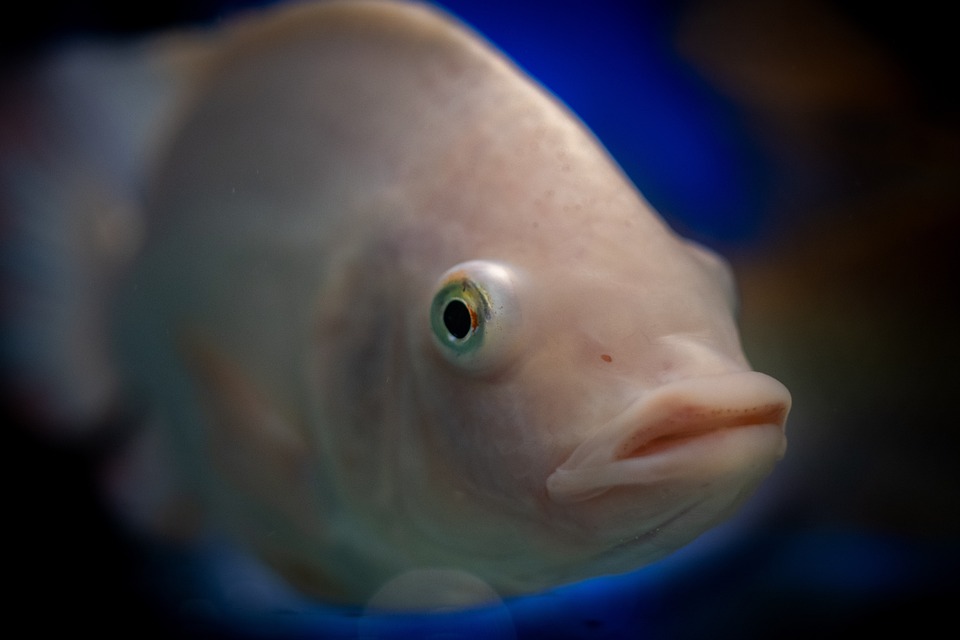Introduction:
Keeping fish in a tank requires more than just providing a comfortable habitat. As an aquarium enthusiast, it is essential to prioritize the well-being of your fish tank inhabitants. While commercially available fish food provides essential nutrients, live food cultures can offer a more natural and varied diet. In this article, we will explore the benefits, methods, and considerations for cultivating live food cultures for your fish tank fish.
I. The Advantages of Live Food Cultures for Fish
A. Improved Nutrition:
Live food cultures offer a higher nutritional value compared to processed fish food. They contain essential vitamins, minerals, and proteins that promote healthy growth and development in fish. Live food cultures can also provide a more balanced diet, mimicking the natural feeding habits of fish in the wild.
B. Stimulates Natural Behavior:
In the wild, fish are accustomed to hunting and foraging for their food. By introducing live food cultures into their diet, you can stimulate their natural behavior. This not only keeps them mentally stimulated but also encourages them to exhibit their natural instincts, making for a more engaging and dynamic aquarium experience.
C. Enhances Coloration and Growth:
Live food cultures, such as brine shrimp and daphnia, are rich in carotenoids, which enhance the coloration of fish. Incorporating these live foods into their diet can result in brighter and more vibrant fish. Additionally, the high protein content in live food cultures promotes healthy growth and can help fish reach their full potential in terms of size and physique.
II. Common Types of Live Food Cultures for Fish
A. Brine Shrimp (Artemia):
1. Cultivation Process:
Cultivating brine shrimp involves hatching eggs in a saline solution and providing the appropriate conditions for their growth.
2. Hatching Brine Shrimp Eggs:
Hatching brine shrimp eggs requires a hatching container, air pump, and a light source to stimulate growth.
3. Harvesting and Feeding Brine Shrimp:
Once hatched, brine shrimp can be harvested and fed directly to your fish.
B. Daphnia:
1. Cultivation Process:
Daphnia can be cultivated in outdoor ponds, or in indoor setups using containers and suitable water conditions.
2. Collecting Daphnia from Natural Sources:
If you have access to natural water bodies, you can collect daphnia for your fish by filtering and transferring them to your tank.
3. Feeding Daphnia to Fish:
Daphnia can be easily fed to fish by placing them directly into the tank.
C. Vinegar Eels:
1. Cultivation Process:
Vinegar eels can be cultivated in a mixture of apple cider vinegar and water, providing a nutrient-rich environment for their growth.
2. Harvesting and Feeding Vinegar Eels:
Once the culture is established, vinegar eels can be harvested and fed to your fish.
D. Microworms:
1. Cultivation Process:
Microworms can be cultivated in a mixture of oatmeal and yeast, providing a nutritious medium for their growth.
2. Harvesting and Feeding Microworms:
When the culture is thriving, microworms can be harvested by scraping them off the sides of the container and fed to your fish.
III. Cultivating Live Food Cultures: Tips and Considerations
A. Temperature and Lighting Requirements:
Different live food cultures have specific temperature and lighting requirements. It is important to research and provide the optimal conditions for their growth.
B. Suitable Containers and Equipment:
Depending on the live food culture, you may need specific containers, air pumps, light sources, and filtration systems to ensure their successful cultivation.
C. Water Quality and Maintenance:
Maintaining proper water quality is crucial for the health of both your live food cultures and fish. Regular water changes, filtration, and monitoring of water parameters are essential.
D. Quality Control and Hygiene:
Ensure that the live food cultures are free from parasites, pathogens, or any other contaminants that may harm your fish. Regularly inspect and clean the containers and equipment used for cultivation.
IV. Frequently Asked Questions (FAQs)
Q1. Can I rely solely on live food cultures for my fish’s diet?
While live food cultures offer numerous benefits, it is important to maintain a balanced diet for your fish. Live food should be supplemented with commercially available fish food to ensure they receive all the necessary nutrients.
Q2. How often should I feed live food to my fish?
The frequency of live food feeding depends on the species and age of your fish. Generally, live food can be given as a treat or supplement to their regular feeding routine.
Q3. Are there any risks associated with live food cultures?
When cultivating live food cultures, there is a risk of contamination or introducing harmful organisms to your tank. It is important to maintain proper hygiene and quality control measures to minimize these risks.
Q4. Can I purchase live food cultures instead of cultivating them myself?
Yes, many pet stores and online retailers offer live food cultures for purchase. However, cultivating them yourself can be a cost-effective and rewarding experience.
Q5. Are there any alternatives to live food cultures for fish nutrition?
If cultivating live food cultures is not feasible, there are alternative options available, such as frozen or freeze-dried foods. These options can also provide a varied and nutritious diet for your fish.
Conclusion:
Cultivating live food cultures for your fish tank fish can be a rewarding experience that benefits both their health and overall well-being. By incorporating a variety of live foods into their diet, you can provide a more natural and diverse feeding experience. Remember to observe proper cultivation practices and maintain a balanced approach to their diet to ensure optimum nutrition. Enjoy the wonders of the fascinating world of live food cultures for your fish tank fish!









